Erb’s Palsy is an upper brachial plexus injury that generally occurs during delivery when an infant’s shoulder becomes impacted in the mother’s pelvic region. Specifically, Erb’s Palsy results from shoulder dystocia (the failure of the shoulder to deliver shortly after the fetal head,) causing the brachial plexus nerves to stretch or tear. Affecting thousands every year, this injury causes adduction and internal rotation of the shoulder with pronation in the forearm.
Erb’s Palsy Symptoms
Erb’s Palsy presents itself in newborns who, generally, have their affected arm straight, at their side, and are unable to move it. In some instances, the arm may be turned slightly with a bent wrist and straight fingers. The afflicted newborn may lack the capacity to move the shoulder, but still maintain functioning fingers as the result of the damage to the brachial nexus nerves.
Causes of Erb’s Palsy
Erb’s Palsy is often preventable and is most prevalent during difficult deliveries when proper steps are not taken to address potential contributing factors like larger baby size or a breech (feet first) position of the child. Failure to detect potential warning signs can lead to birth injuries caused by poor delivery techniques and malpractice in response to labor distress.
Specific delivery errors:
- Twisting and pulling of the infant’s neck and shoulders in the same direction as the shoulders pass through the birth canal.
- Excessive force being applied to one side of the neck as the infant is extracted during a prolonged delivery.
- Breech presentation placing massive strain and pressure on raised arm during delivery.
Erb’s Palsy Diagnosis:
With four nerve injuries associated with Erb’s Palsy, and varying degrees of severity, careful observation and a series of tests should reveal the extent of the damage to the nerves and determine long-term prognosis. The observation of partial, or total paralysis, and lack of feeling in the arm warrants an X-ray or MRI to to determine the presence of damage to the joints of the neck and shoulder. An electromyogram can also be utilized to detect nerve signals in the upper arm. Diagnosis can also be achieved by using the Moro reflex test in which Erb’s Palsy will exhibit itself when the affected side lacks an adequate response to stimulation of the central nervous system.
The four types of nerve injuries associated with Erb’s Palsy:
- Rupture: Nerve tears, but not at the spinal cord, and will not heal on its own.
- Neurapraxia: Nerve stretches without tearing.
- Neuroma Injuries: Scar tissue stemming from stretch injury presses on healthy nerves.
- Avulsion: Nerve tears from the spine in the most serious occurrence of brachial plexus injuries
Treatment & Therapy for Erb’s Palsy
Treatment begins with the protection and immobilization of the arm across the upper abdomen. While some Erb’s Palsy injuries are minor and heal on their own, others may require physical therapy or surgery. Daily physical therapy, involving range-of-motion exercises, is the primary treatment for Erb’s Palsy. However, surgery may be necessary when improvements are not evident after the first 3-6 months. Further surgeries may improve function to a degree, but some infants will maintain weakness in the shoulder, arm, and hand.
Why You Should Not Delay in Consulting an Attorney
Many birth injuries are preventable and are caused by doctor malpractice. Indiana law imposes strict deadlines (also called “statutes of limitations”) in medical malpractice cases that will forever bar the claim if its not filed in a timely manner. The law relating to the deadline can be exceedingly complex; therefore, one should not delay in consulting a qualified medical malpractice attorney to determine the applicable statute of limitations and review the cases.
Legal Help for Birth-Related Medical Malpractice
If it can be shown that the medical staff did not act appropriately when a potential problem was present, or it can be shown that they did not act in a manner that is consistent with established medical practices, they may be held responsible for medical malpractice.
If you believe that your child has a birth-related illness due to medical malpractice, contact us to have an experienced lawyer review your case. Your family deserves to be compensated for your child’s injuries.
